Forget the Dividend Hype: Real Wealth Is Built Here
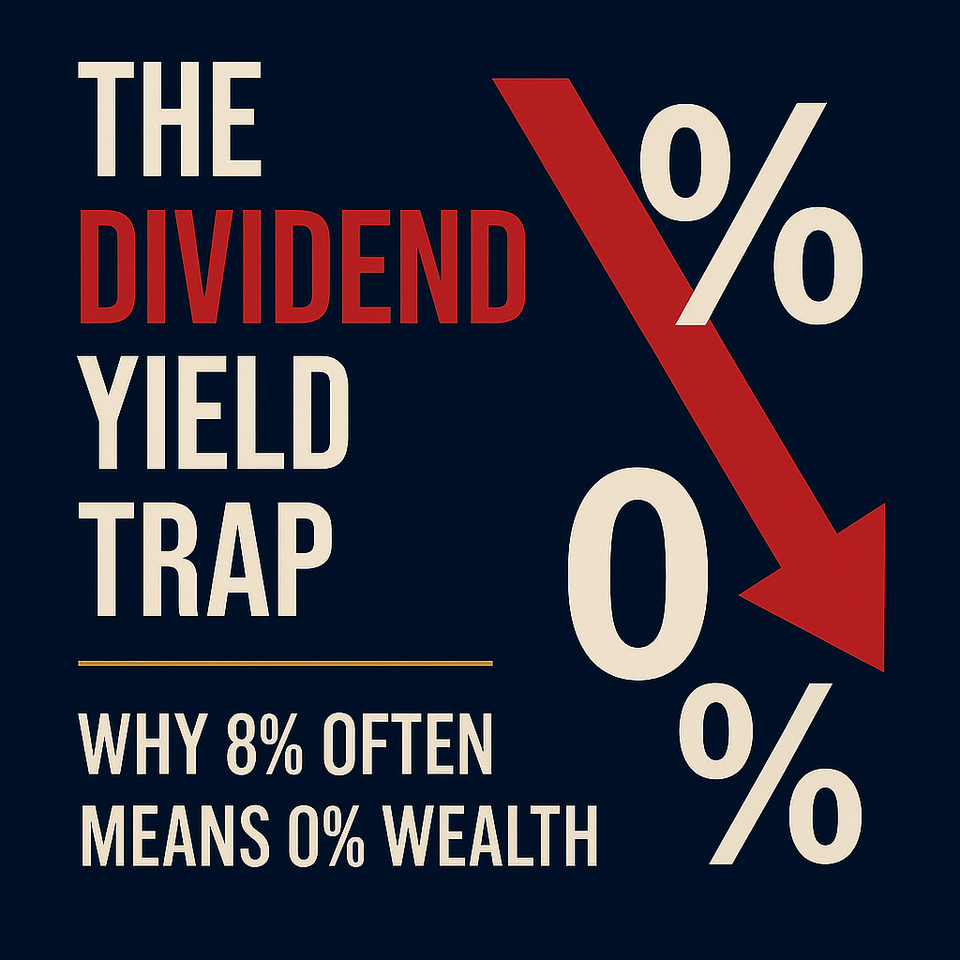
The Dividend Yield Trap: Why 8% Often Means 0% Wealth
When companies pay you more, they’re often worth less. Here’s the math dividend chasers ignore.
High-yield stocks are everywhere right now. REITs paying 8%. Utilities at 6%. Energy partnerships promising double-digit distributions. They look like free money — until they’re not.
On the surface, the math seems simple: an 8% yield beats 2%. But that’s the trap. Total return builds wealth, not quarterly payouts.
The Yield Trap in Action
Consider Altria (MO) versus Microsoft (MSFT) from 2010 to 2025. Altria averaged a 7–8% dividend yield. Microsoft rarely exceeded 2%. Yet Microsoft delivered roughly 12% annualized returns, while Altria managed about 4%. Put in dollar terms, a $10,000 investment in Microsoft grew into about $89,000. The same investment in Altria became roughly $22,000【1】. The difference was simple: Altria paid out more than 80% of earnings to maintain yield; Microsoft reinvested in cloud, AI, and acquisitions. One grew. The other mailed checks.
A more current example: AT&T’s ~7.4% yield looks attractive — until you notice the stock is roughly 35% lower over five years while paying out most of its earnings. That’s what “high yield” often signals: stress, not strength【3】.
Red Flags of Yield Chasing
High yields often signal distress, not generosity. When businesses stop growing, they use dividends to keep investors around. Payout ratios north of 90% leave little room for reinvestment or downturns. And yield-chasing portfolios tend to cluster in a few income sectors — REITs, utilities, energy — which can collapse in unison.
Energy MLPs in 2014–2016 are the textbook case. Double-digit yields pulled in billions. Then oil collapsed, distributions were cut, and investors lost 60–80%【2】.
What Actually Builds Wealth
The companies that mint millionaires reinvest instead of paying everything out. Amazon built AWS and a logistics empire while paying no dividend at all. Apple, Costco, and Microsoft grew moats that allowed margin expansion and pricing power. Berkshire Hathaway never paid a dividend and still compounded near 20% annually for half a century. Growth, reinvestment, and disciplined capital allocation compound wealth. Yield alone does not.
The Smarter Approach
The lesson isn’t that dividends are bad. It’s that chasing the highest yield is bad. A 2–4% payout from a business that reinvests and grows its earnings is worth more than an 8% payout from a company in decline. A modest yield plus earnings growth compounds wealth. A fat yield that gets cut destroys it. Reinvest distributions. Focus on total return. Own businesses that grow.
The Bottom Line
Yield chasing feels safe. It isn’t. A 3% dividend that doubles every seven years beats an 8% yield that vanishes in the next downturn.
Your Turn
What’s your real-world experience with high-yield traps? Any “safe” stocks that ended up cutting their dividends? Or names where a modest yield plus growth crushed the high-yield alternative? Drop your examples below.
Check out our article on Dividend Investing!!
Here is our Analysis on Microsoft and Apple!
References
- Microsoft vs. Altria total return (2010–2025), Yahoo Finance historical data (price + dividends).
- Energy MLP drawdown and distribution cuts (2014–2016), Alerian MLP Index (AMZ/AMZX) performance data.
- AT&T (T) five-year price performance and dividend yield, Yahoo Finance; payout ratio from AT&T filings / investor relations.

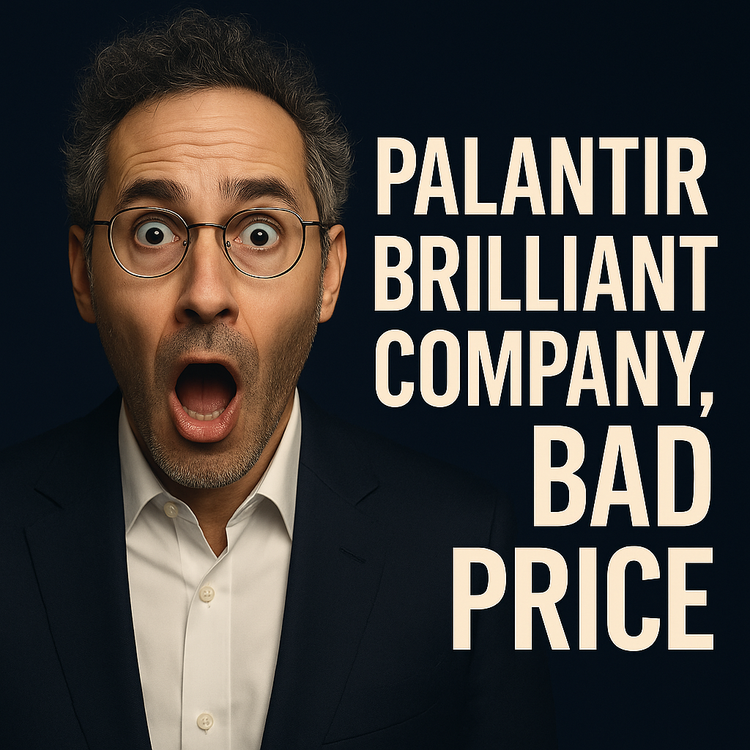

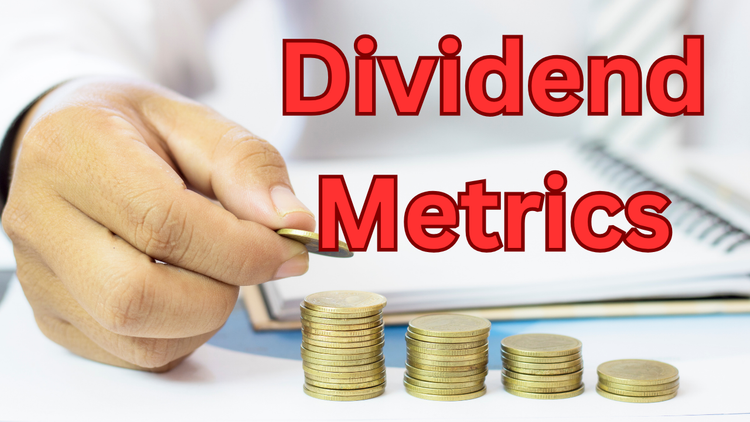
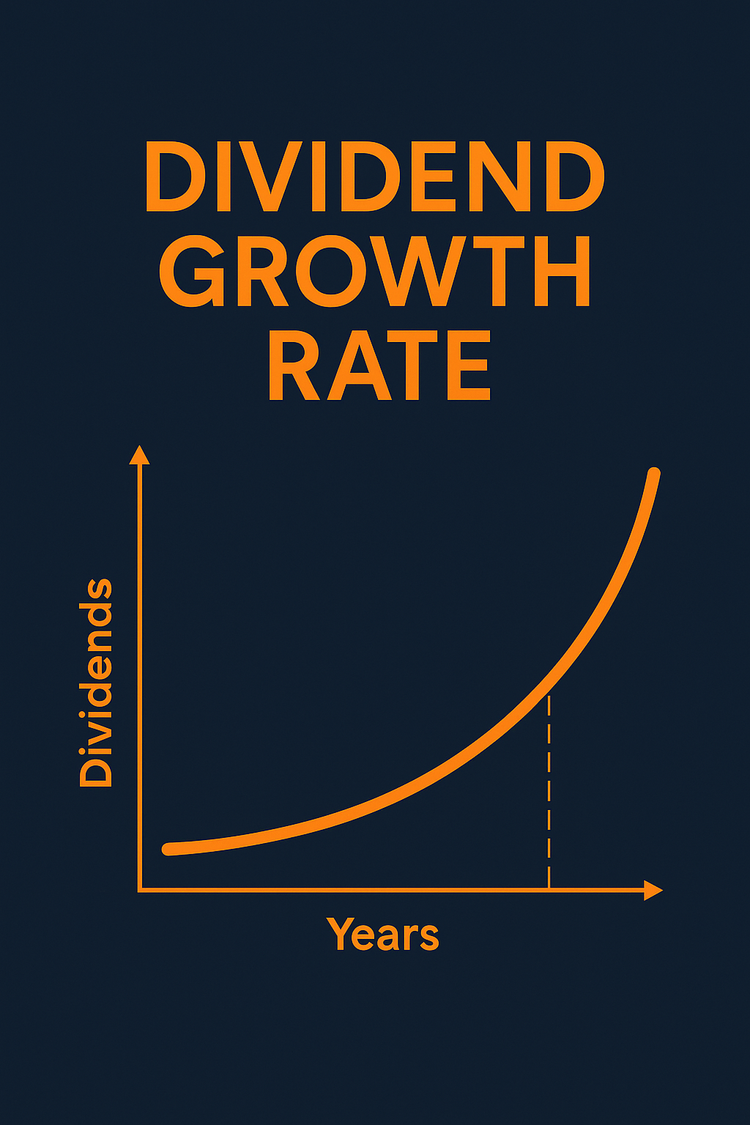
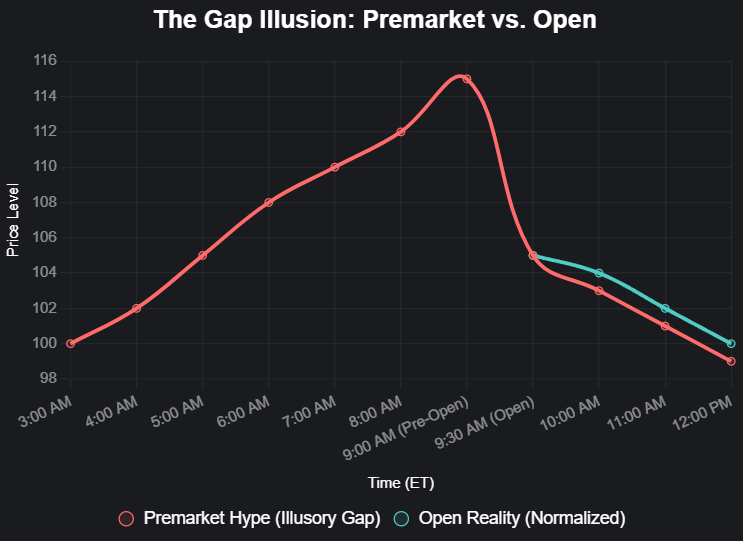
Member discussion